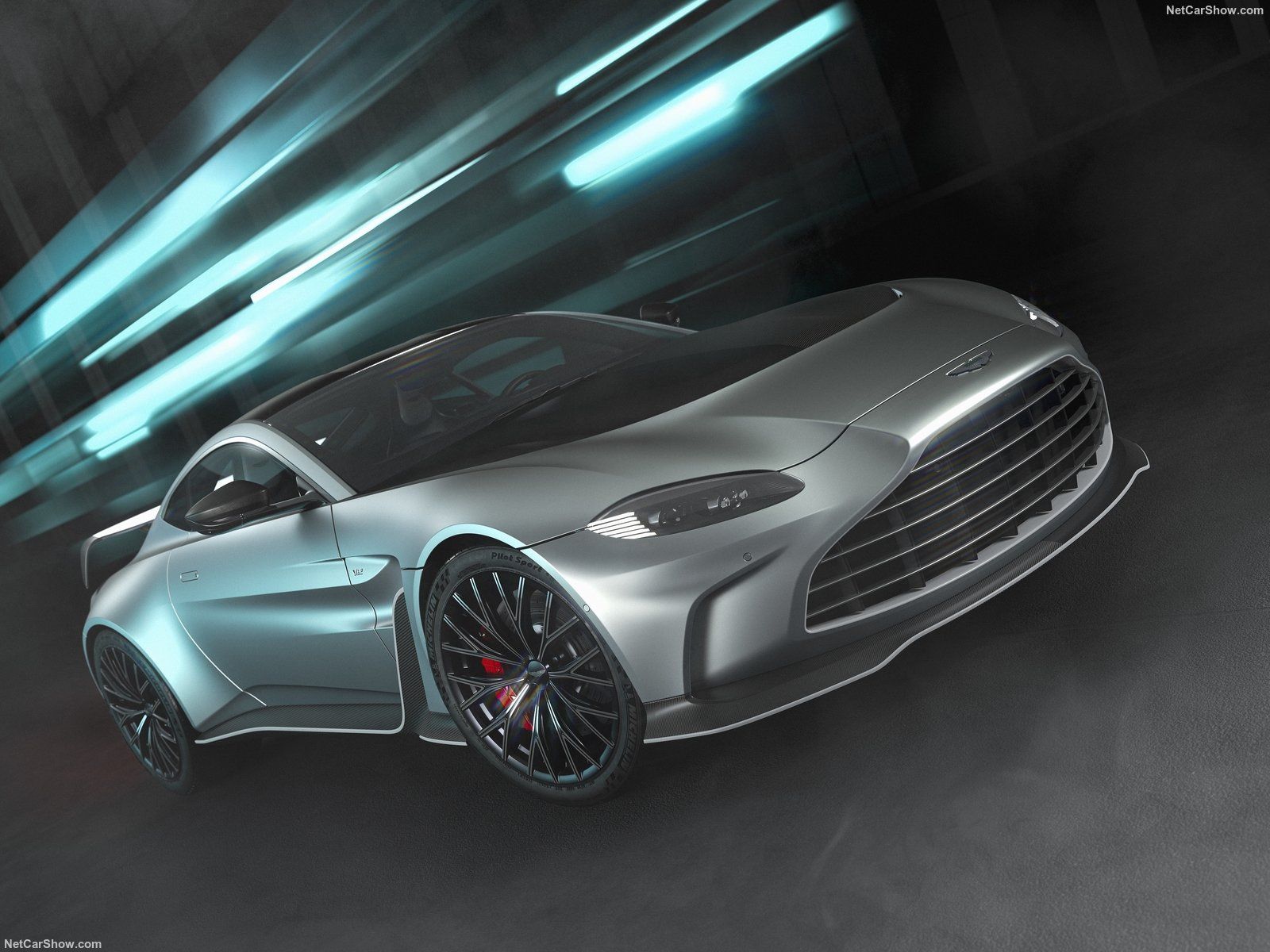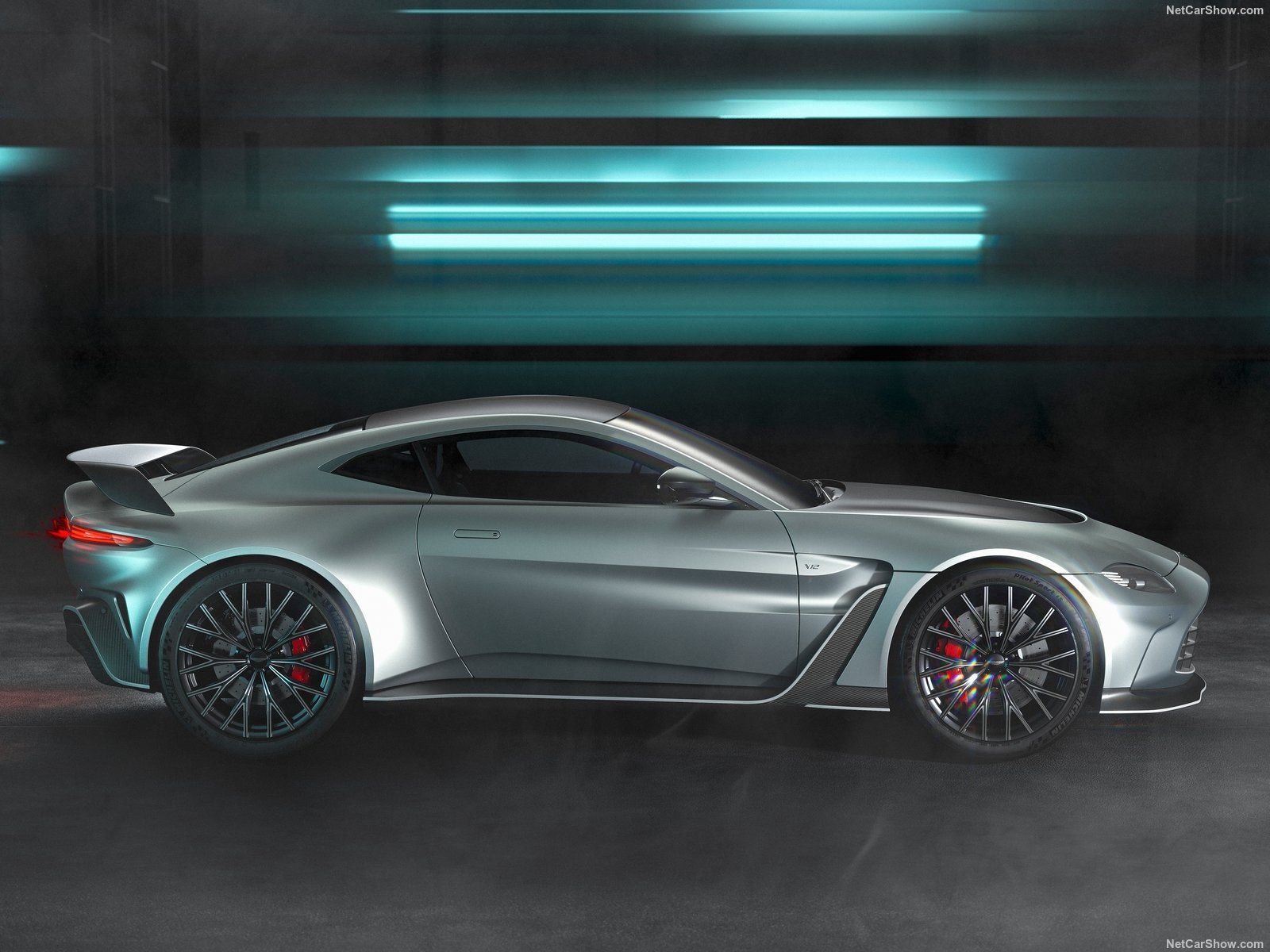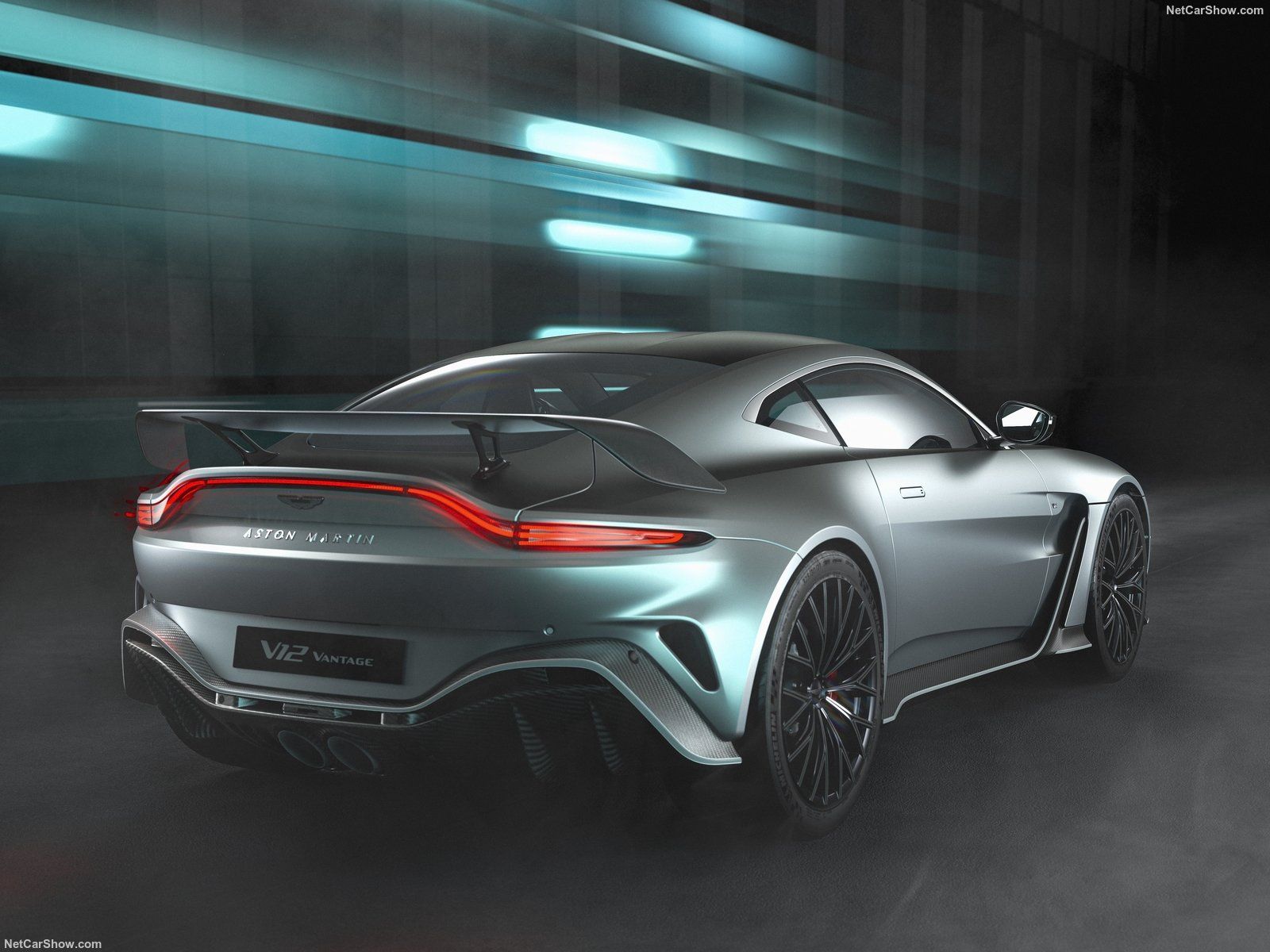The term Muscle car is, usually, reserved for the American V-8 models from the 1960s and early 1970s. The manufacturers used a very simple, go-fast formula to create what is known as the “blue-collar performance car”. Take the biggest, most powerful engines you have and shove them in the smallest car possible. Aston Martin may not be an American car brand, but it is no stranger to putting big engines in small cars. The Aston Martin V-12 Vantage, unveiled in March 2022, is the latest example. With the British carmaker heading towards the electrification route, this V-12-powered Aston is one of the last British Muscle cars.
Does it need a V-8 to be called a Muscle car?
This may upset some of you, but a common misconception is that a Muscle car absolutely needs to feature a V-8 engine under the hood. While this may be a tradition for the American carmakers, we have to remember cars like the 1987 Buick GNX, which came with a 3.8-liter turbocharged V-6 and ended up being faster than the V-8-powered Chevrolet C4 Corvette. The same turbocharged V-6 was also put to use in a rare version of the Pontiac, called the Trans Am 20th Anniversary.
The Aston Martin V-8 Vantage, which comes with AMG’s 4.0-liter twin-turbo V-8 may be a well-rounded package and, frankly, all the performance you may need, but the V-12 Vantage celebrates the end of an era. And with Aston Martin planning to build only 333 examples of the V-12-powered British sports car, it will be a proper send-off. You will agree that the term Muscle car, or at least, what is perceived as a European equivalent to one, is used a lot more loosely outside of the US.
The newly-developed, 5.2-liter twin-turbo V-12 is certainly a tight fit in the engine bay of the small Vantage, but with 690 horsepower (507 kilowatts) and 555 pound-feet (752 Nm) on tap, it’s properly quick. With its curb weight of 3,957 pounds (1,795 kg), it certainly isn’t light, especially given its compact size, but the same is true for most Muscle cars. Despite that, the 0 to 60 mph (97 km/h) sprint takes 3.4 seconds on to a top speed limited to 200 mph (322 km/h).
Can a Muscle car be exclusive and expensive?
You might argue that a Muscle car should always be mass-produced. However, if you go back to some of the iconic Muscle cars, you will see that, for example, only 468 copies of the Dodge Charger had the 426 Hemi, and in 1969, just 94 Corvette ZL-1s were made. Moreover, the aforementioned 1987 Buick GNX was produced in only 547 copies. Granted, the V-12 Vantage, is not particularly affordable, with a starting price of around $300,000, but the Charger 426 Hemi and C3 Corvette ZL-1 were quite pricey for their time too.
Is The Aston Martin V-12 Vantage a British Muscle car?
With all the upper paragraphs in mind, the Aston Martin V-12 Vantage, now, more than ever, can be classified as a British Muscle car. Just like American carmakers are preparing to ax their iconic V-8 models for the sake of EVs, the V-12 Vantage is the swan song of ICE-powered Astons. The V-12 Vantage is also high-tech, but not ground-breaking. It features much of Mercedes-Benz’s last-generation tech. With that said, it’s the smallest model in the Aston Martin lineup while, at the same time, features the biggest engine, the company has. Is it a British Muscle car then? Yes, it is!



